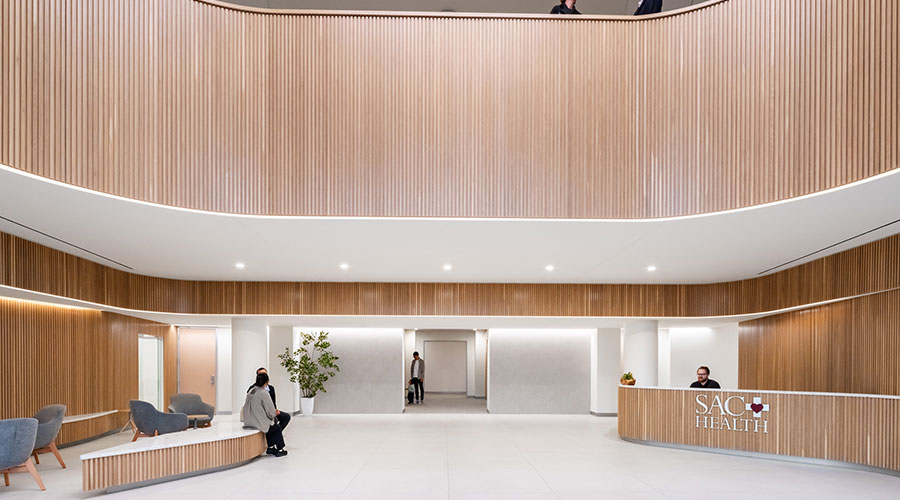Getting in front of ‘green’ issues
 No matter where managers in health care facilities turn these days, they find environmental news. In years past, this type of news might have seemed a rather low priority for maintenance and engineering managers. Today, nothing could be further from the truth.
No matter where managers in health care facilities turn these days, they find environmental news. In years past, this type of news might have seemed a rather low priority for maintenance and engineering managers. Today, nothing could be further from the truth.
In fact, it is more likely than ever that managers will find themselves knee-deep in discussions over “green” issues. And in many cases, the performance of maintenance managers and their departments is central to the success or failure of organizations’ efforts to minimize facilities’ impact on the environment.
Consider news from Boulder, Colo., the site of the nation’s first new hospital to receive certification for Leadership in Energy and Environmental Design (LEED) from the U.S. Green Buildings Council. The $79 million hospital features restored wetlands, dirt-covered roads, natural lighting, operational windows, and waterless urinals.
Hospital officials expect to save $95,000 a year on their energy bill, or 30 percent of the hospital’s projected annual costs. That means the hospital will pay off its investment, with 2 percent additional construction costs, in 12 years.
But that payback won’t happen unless the new building and its systems are properly installed and easily maintainable beyond construction.
As James Piper writes in his article on low-flow plumbing fixtures this month, “While water-conserving devices are low-maintenance items, they cannot simply be installed and forgotten.” Long-term savings will materialize only if organizations take post-construction maintenance into account up front.
Or consider a survey released in November that found that 100 percent of the nation’s hospital’s use chemical pesticides in their buildings, on their grounds or both. The report, from the groups Health Care with Harm and Beyond Pesticides, also found that 18 percent of responding hospitals use products with an active ingredient that the U.S. Environmental Protection Agency is phasing out due to unacceptable risk.
A hospital executive reading such news and fearing fines is likely to place the first call to the maintenance department to find out how it handles grounds-care chemicals.
Managers who can get out of in front of environmental issues stand a much better chance of having answers when the phone rings, and of ensuring their departments can successfully support their organizations’ green initiatives.
Related Topics:








 No matter where managers in health care facilities turn these days, they find environmental news. In years past, this type of news might have seemed a rather low priority for maintenance and engineering managers. Today, nothing could be further from the truth.
No matter where managers in health care facilities turn these days, they find environmental news. In years past, this type of news might have seemed a rather low priority for maintenance and engineering managers. Today, nothing could be further from the truth.



